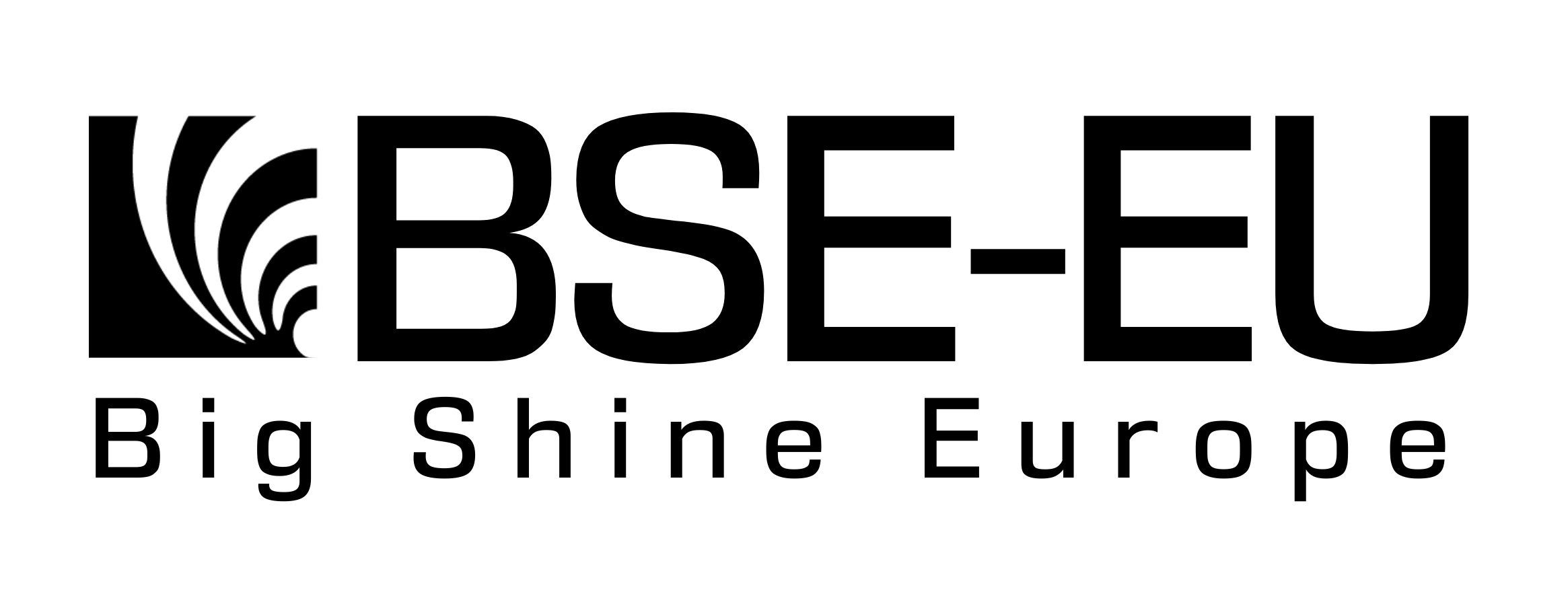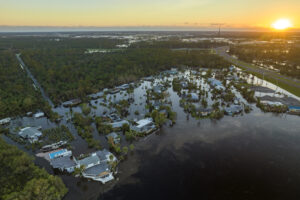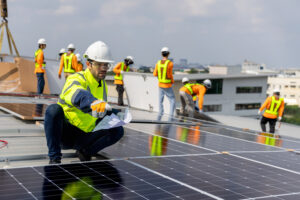To optimize solar photovoltaic (PV) systems, it’s vital to address DC cross-linking, a common issue when PV panel strings are interconnected. This phenomenon can cause power loss, efficiency drops, and safety concerns. Here are key strategies to effectively reduce DC cross-linking:
Enhancing Efficiency with Strategic String Sizing: Properly sizing and configuring PV strings is crucial. It balances panel numbers, curtails current imbalances, and voltage differentials, mitigating DC cross-linking.
Maximizing Output with MPPT Controllers: Employing MPPT controllers is pivotal. They fine-tune voltage and current for each string, ensuring optimal performance and reducing mismatches.
Ensuring Peak Performance through Monitoring: Close monitoring at the string level is imperative. It detects deviations early, enabling swift maintenance and sustained efficiency.
Safeguarding Systems via Grounding: Robust grounding and bonding of PV arrays are essential. They establish low-resistance pathways, dissipating stray currents and minimizing electrical faults.
Protecting Wires with Quality Insulation: High-grade, UV-resistant insulation for PV wires is vital. It shields against environmental wear, averting electrical faults and DC cross-linking.
Maintaining Integrity with Regular Inspections: Consistent maintenance and inspections are key. They preserve system integrity and performance, thwarting issues like shading-induced DC cross-linking.
In summary, these strategies are indispensable for optimizing PV systems’ performance and safety, securing their reliability and energy production for the long haul.




